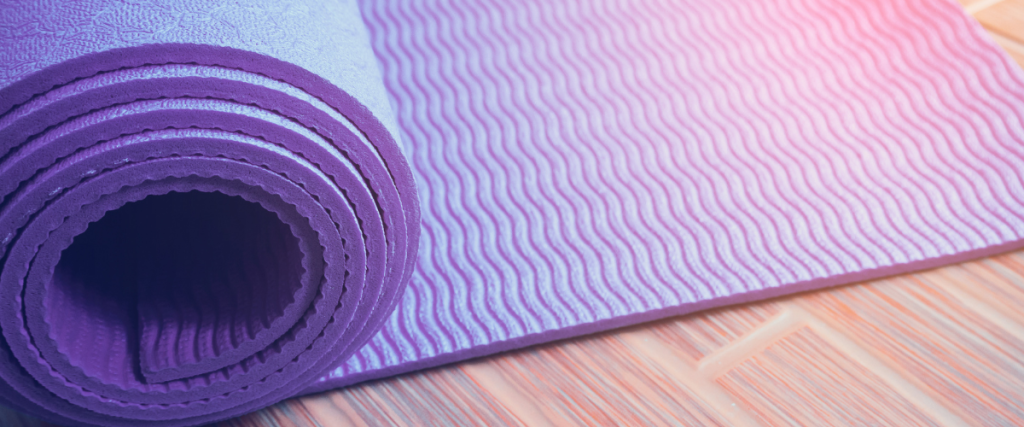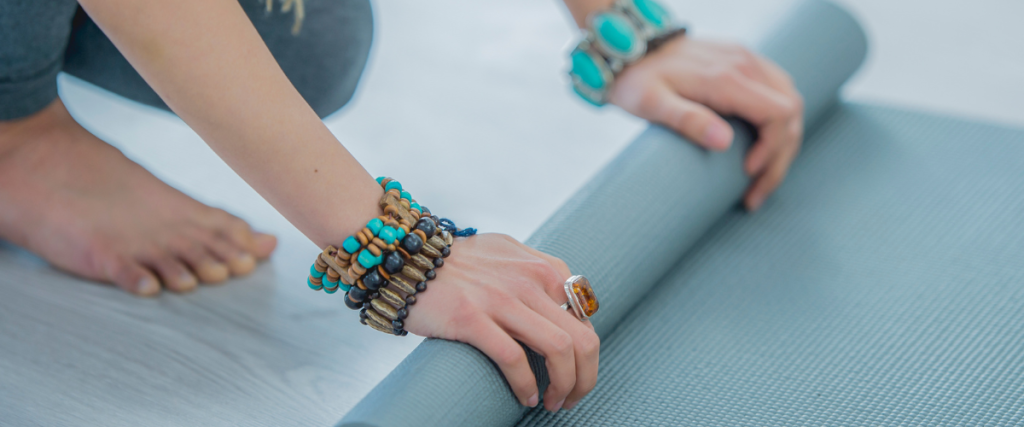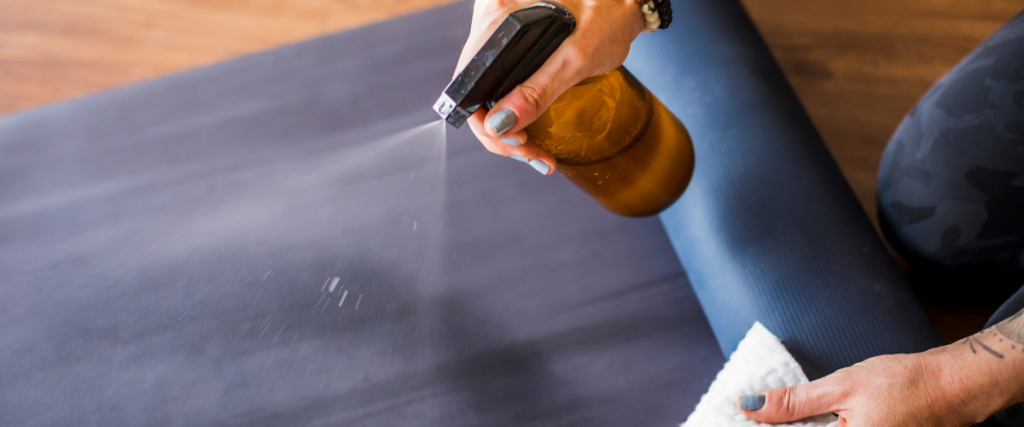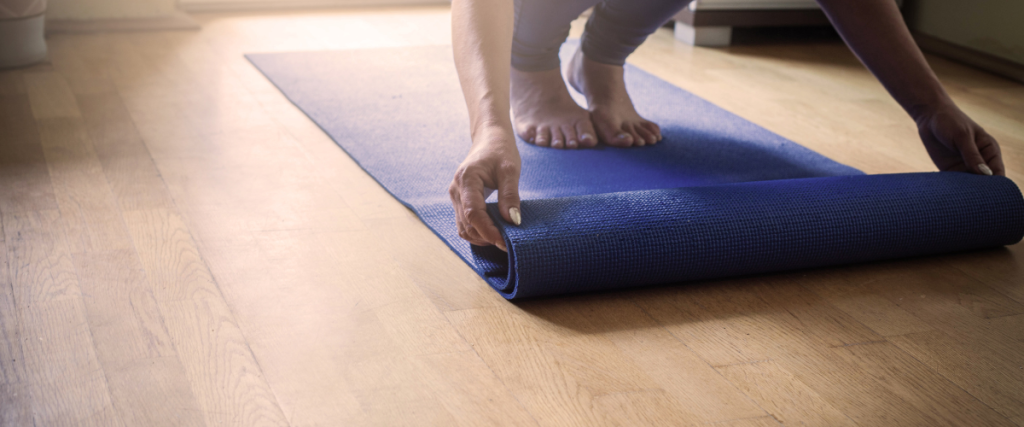Your yoga mat is your trusted companion in every yoga session. It plays a massive role in each asana, providing support, cushion and protection from slipping. Purchasing one can be deemed an investment. You will want to use it for a long time and squeeze every bit of functionality from the mat.
But of course, you don’t want a mat that is stinky, too sticky or a breeding ground of germs, which can be the scenario if you do not provide the proper care. Here are some ways how you can make your yoga mats last longer.

Follow the mat’s care instructions.
When you buy your mat, it will surely have a label, a card, or a section on the website noting down what material it is made from, some instructions on how to clean the mat and what should not be done. Buyers tend to disregard these details, but these are essential to preserving your mats longer.
Your hands and feet should be clean while using the mat.
Always ensure that your feet and hands are free from any dirt or debris before stepping into your mat. These unwanted particles might get lodged into your mat and when mixed with sweat, will cause germs, bacteria, fungi or anything nasty to build up on your mat.
Also, dirty hands and feet might stain the material, and you wouldn’t want any weird discolouration spots on your mat. In addition, inspect as well that there are no tiny pebbles or lumps which may dent or tear your mat. No one wants a bumpy or holey mat!

Use yoga towels on top of your mat.
Putting a yoga towel on top of your mat is usually recommended if you are doing Bikram or any form of hot yoga. It will absorb your sweat, which will be a lot! And it helps increase your grip on the mat, despite all that sweat.
Using a yoga towel also adds an extra layer of protection to your mat, mopping up all that sweat and dirt and preventing it from directly accumulating on the mat.
Wipe, clean and disinfect your mat regularly.
To ensure that dirt or sweat will not be absorbed, make it a habit to clean your mat after every use, especially after an intense and hot session.

Mat cleaning products are available in stores, but others prefer a DIY natural cleaner since the mat will be in contact with every part of your body during a session. Natural mat cleaners usually contain distilled water, white vinegar and essential oils.
Others suggest doing a rub-down right after a yoga session using a rug, and your preferred cleaner or store-bought mat refresher wipes will do as well.
You should also deep-clean your yoga mat.
The mat’s composition – if it’s an open-cell or closed-cell, will also be an important factor in how it should be cleaned. Closed-cell yoga mats are denser and easier to clean since they do not absorb liquids like sweat or water. A mixture of soap and water can be gently rubbed on the mat and then wiped after. Using too much water or submerging it for cleaning may waterlog the mat. Hot water for cleaning is also not ideal. You must also be careful in using too much soap since it can leave a residue, making your mat extra slippery.
Meanwhile, open-cell yoga mats are porous and will need a thorough cleaning as it absorbs sweat and may cause a bacteria build-up. The deep cleaning process includes soaking and scrubbing the mat in a tub or a sink filled with water and some soap.

Hang to dry before keeping your mat.
Your yoga mat must be completely and fully dry before you roll it up or fold it and put it into storage. This tip is recommended both after every session and after cleaning your mat.
Storing a mat that is still wet and was not properly aired out is the best way to have bacteria, germs, or fungi grow on your mat. Also, the retained moisture may cause a funky smell to build up.
However, it is a big no-no to hang your yoga mat under direct sunlight. It may compromise the material, causing it to easily break down and crumble, and affect its grip or ‘stickiness’. The colours may also fade faster.
In the case that you will not be practising yoga for a long time, do check and air out your mat every once in a while. It helps the mat be ventilated and you can be assured that your mat is still good-to-go for your next session!
Final Thoughts
An unmaintained yoga mat is a health risk, where germs, bacteria and fungi may build up, causing allergies, skin infections or other illnesses.
During a yoga session, every part of your body will touch the mat at least once. Rolling around an unsanitized and unkept mat will add more to the stress you want to drive away through yoga.
